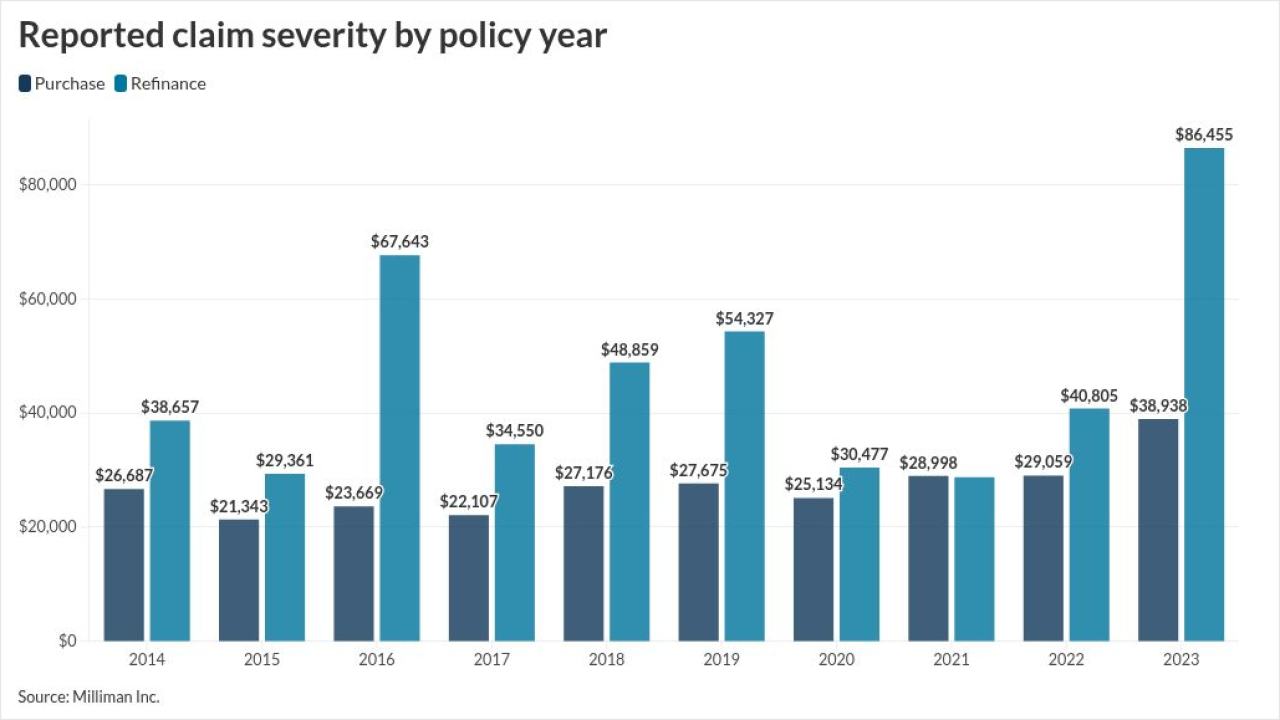Today's call center requires technical heft to help firms within the insurance industry focus on the customer and build strategic advantage. This often demands a continual investment in technology. Such investment though, demands scrutiny to select the proper technology with a finger on the pulse of the return on investment.
The cost-benefit relationship has prompted call center managers and IT folks alike to consider not only the features of technology available, but also the many different options of the technology, including Software-as-a-Service (SaaS) and open source applications.
"There are almost as many new technologies as days in a year at this point," says Esteban Kolsky, VP and practice leader for Overland Park, Kan.-based eVergance Partners LLC, consultants specializing in call center technology. "I think it is not as much about new technologies as it is about the prudent use of them in a call center."
THE CUSTOMER EXPERIENCE
The customer in today's marketplace brings valuable data worth capturing. Technology can help in doing this, but it also helps enhance the overall customer experience - what their experience is like when they make an inquiry and the consequences of that experience for the customer and the company.
John Chamberlain, AVP, business optimization at Metropolitan Life Insurance Co. (MetLife), New York, says that his company is focused on the customer experience, and utilizes knowledge management products to provide customer service consultants with specific content help relative to customer inquiries during the course of the phone call. It also uses speech technology to enhance self-service features for interactive voice response applications.
American Collectors Insurance, a specialty lines provider of collector-vehicle and collectibles insurance in Cherry Hill, N.J., seeks technology as a solution, but tries to preserve the human touch for customers. They have a "real person guarantee," where a consumer or broker is guaranteed the opportunity to talk to a person anytime they call the company's toll-free number during business hours.
"It's our way of preventing phone-tree nightmares, which are a turnoff to just about everyone," says Melissa Romagnoli, VP of operations for American Collectors. "Even with Web capabilities and the growth in their usage by both consumers and brokers, we find there are still a tremendous number of people who want to do business by phone. People still want to talk to people and hear a voice. So as much as we're revamping our Web capabilities, we still commit a lot of people and resources to taking live telephone calls."
Other insurers, however, embrace more sophisticated technology solutions for their customer contact. Nationwide Mutual Insurance Co., Columbus, Ohio, uses Jacada WorkSpace, a desktop solution for contact centers that provides an intelligent view of all relevant data and processes required by the customer service representative to complete a customer interaction.
"Agents can focus on 'serving and selling' rather than operating a cumbersome set of systems and tools," says David Holmes, Atlanta-based Jacada's SVP of global marketing. "A more empowered, and less frustrated agent results in a better customer experience. Agent turnover also can be reduced, and improved agent satisfaction means less turnover and more productivity, thereby reducing recruitment and new-hire training costs."
According to Holmes, customer service must be central to the technology and the operation of a call center. He contends that such service is one way to differentiate and compete in the insurance industry, where product offerings have become highly commoditized.
MetLife's Chamberlain advises that during the discovery process for new technology solutions, it is important for insurers to clearly document expected outcomes, and institute a rigorous change management process. He says this always circles back to those expected outcomes when allowing the direction to be reset. This often is due to changes in scope, time or cost constraints that invariably develop during implementation.
"Institute a governance process led by the key decision makers in the business - beneficiaries of the technology - that meet regularly during implementation and are kept up to date on the projects progress," he says.
A RETURN ON INVESTMENT
The purchase decision usually is influenced by an ROI calculation-if such a calculation is possible.
For most any investment in a technology asset, there is great interest in what the return on such an investment will be, despite it being a difficult number to calculate. "We need to see at least a 15% ROI for major investments," Chamberlain notes. "For smaller investments, we require recovery of the outlay in the first year."
However, pinning down a hard number that helps calculate and objective ROI is not so easy.
"The current state of customer experience management (CEM) is not quite at the level where there is a marked, easy-to-find, and easy-to-calculate return on investment," says eVergance's Kolsky. "That means there are no hard dollars that can be easily identified and included in calculations, either in cost savings or revenue expansion.
Kolsky explains that there is anecdotal information on both, but no set of metrics and associated numbers to use in calculating a specific ROI.
"Each organization has very specific, very different needs, and you have a situation similar to what those using enterprise resource planning (ERP) and customer relationship management (CRM) experience initially," adds Kolsky. "The adoption and implementation of CEM, at this point in time, is driven more by executives who understand the potential value of a solution that will leverage feedback, analytics, knowledge management, personalization and offer management, and incorporates customers' needs, wants and demands."
The ROI for the call center is further discerned by looking at the total cost of ownership of implementing such technology. "Pay close attention to total cost of ownership," Chamberlain says. "Acquisition, maintenance, infrastructure and support all combine to perform an effective application, but all too often are overlooked in the ROI process."
OPEN SOURCE AND SAAS
The need to demonstrate ROI drives many organizations - particularly small and medium-sized businesses - to consider using Web-based solutions. As a result, SaaS has gained momentum within different technology categories. However, is this an attractive approach, or a limiting one?
For Chamberlain of MetLife, the use of SaaS has been enabling, providing greater flexibility, improved performance and decreased problems at the desktop, especially when outsourcing or allowing associates to work virtually.
Kolsky believes that the advantages of SaaS can be overstated, as it is a method of deployment for solutions, albeit, one that doesn't require the software to sit on your own software and be maintained by your own personnel. Kolsky sees a problem in integrating SaaS products with other applications and data.
"The biggest problem that SaaS architecture brings to an optimized multi-channel call center is the lack, or fragility, of the integration components," she says. "In an integrated, optimized solution, integration is the No. 1 area to focus resources, and SaaS vendors have not yet addressed the issue of integrating data, knowledge and operations on a grand scale."
Another factor driven by the need for a return on technology investment is considering an open source alternative. Where possible, open source solutions avoid the lock-in of a proprietary vendor, are much less expensive and are often touted as an excellent choice for critical applications. So, is an open-source solution a fruitful path to follow for the call center technology?
Chamberlain believes open source solutions have pros and cons. "It does open the door to far more options when attempting to automate a process," he says, "however, with high levels of customization on acquired software comes increases costs to maintain and special considerations as future versions of the technology are released."
TOMORROW'S LANDSCAPE
A genuine concern for ROI and consideration of alternatives such as SaaS and open source technology are only part of the equation for success in the call center. Looking forward, leaders such as Chamberlain see more centralization, far more extensive use of VOIP, and "more talented and intuitive self-service options across all channels."
"Operational efficiency will drive the new landscape because of the competitive nature of the products we offer, and the importance of high-quality customer service that is included in that purchase decision," he adds.
David Holmes of Jacada sees the paradigm of call centers within the insurance industry transforming from a cost center to a profit center, as training times for agents are reduced and call handling times drop.
eVergance's Kolsky has a similar take on the future of call center technology in the insurance industry.
"We can no longer have four or five similar components working in different parts of the organization, nor can we bring new implementations of enterprise applications that will both take lots of time and money to implement," he says. "We need to create advanced, optimized, performance-driven solutions."
Jim Romeo is a business-to-business and technology writer based in Chesapeake, Va.
(c) 2008 Insurance Networking News and SourceMedia, Inc. All Rights Reserved.





